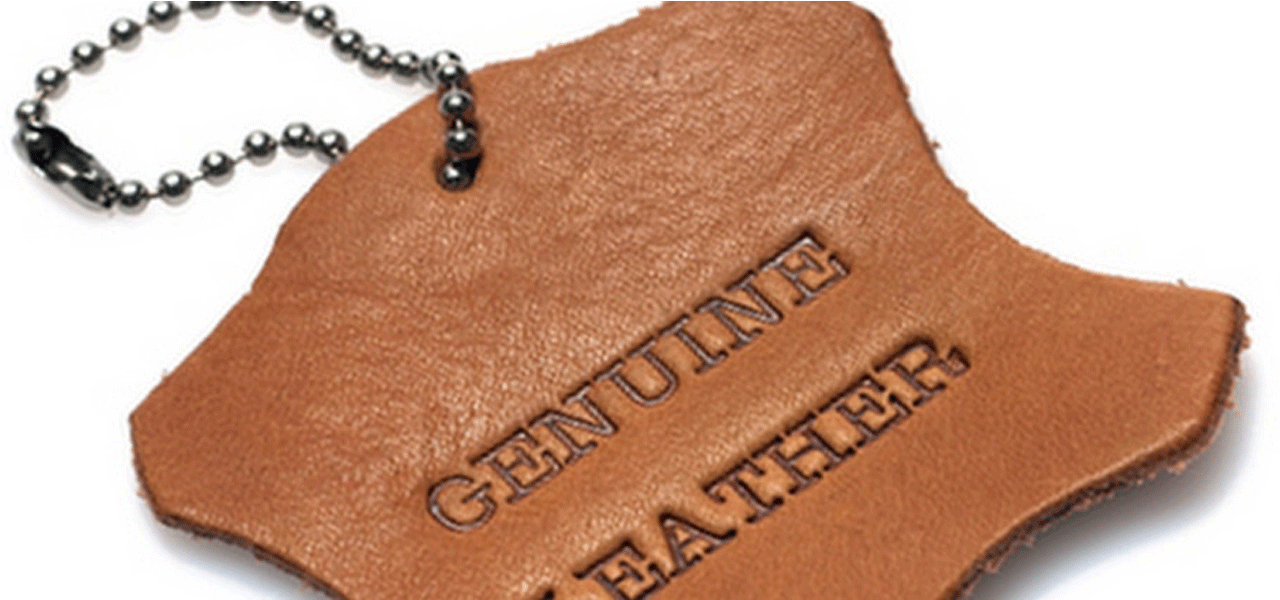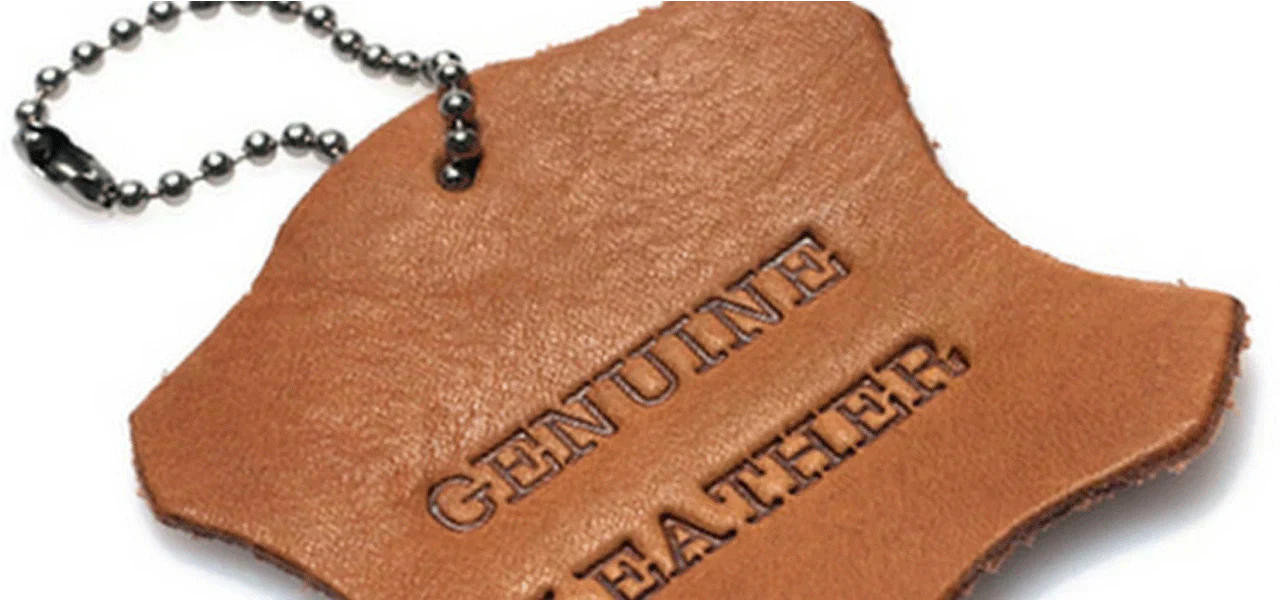
What is Genuine Leather?
We often receive this question from our customers, and who can blame someone for wondering what this term really means. It is certainly a term that we hear a lot in the golf industry. But what does "genuine leather" actually mean? this just raises other questions, like is there some non-genuine leather alternative material? and how does genuine leather differ in quality from the alternative materials on the market today?
These are all great questions, and if you are buying golf club head covers, a scorecard holder, a yardage book holder, or a belt, you should know exactly what to look for in your next leather purchase.
*The term leather refers to the skin of an animal, but for the purpose of simplicity in this article, when we use the term "leather," we are referring to cowhide.

TYPES OF GENUINE LEATHER
FULL GRAIN LEATHER
Full grain leather is the most outer layer of skin that displays the natural grain pattern of the leather. This top layer is considered to be the most durable and most expensive.
TOP GRAIN LEATHER
Top grain leather is full grain leather that has had the top layer sanded to remove imperfections from the leather's surface. This layer is then finished, or embossed with a "natural" leather pattern.
SPLIT LEATHER
Natural animal skins can be very thick, and difficult to work with. So often times the top layer of the hide is "split" from the bottom layer to make both layers more pliable for manufacturing.
The bottom layer produced from the leather splitting is referred to as "split" leather. This bottom layer is then sanded and refinished, or embossed with a "natural" leather pattern.
Also, this is the method used to produce suede leather.
BONDED LEATHER
The last genuine leather type is called "bonded" leather. This leather type is made from the dust and leather shavings of other layers. These leather remnants are then collected, glued and pressed together to form a single piece of hide. The hide is then sanded, refinished, or embossed with a "natural" leather pattern.
Now that we have explained what genuine leather is, we will delve into the other question; Are there some non-genuine leather alternative materials? The answer is yes, and the alternative is called synthetic leather.
What is Synthetic Leather?
Synthetic Leather is an artificial (man-made) leather-like material. While this leather type may appear to look and feel like genuine leather, synthetic leather is not as durable and considered to be lower quality than genuine leather. However, synthetic leather is often times used as a substitute for genuine leather in the golf industry because it is less expensive and more pliable.

TYPES OF SYNTHETIC LEATHER
POLYURETHANE "PU" LEATHER
Polyurethane Leather is made by coating a fabric backing such as cotton, polyester or shredded leather with a flexible polymer. This material is then treating to produce a "natural" leather pattern.
In addition, polyurethane is considered to be the most realistic imitation of genuine leather, with respect to look and feel, but there is no comparison in terms of quality.
This material is used to make the majority of golf club head covers, and staff golf bags on the market today.
VINYL LEATHER
Vinyl leather is made from two separate synthetic materials. The fibers of this material are constructed from polyester. These fibers are then coated with melted vinyl, and sealed producing a flexible, but tough material.
This material is in the golf industry mainly in the manufacturing of staff golf bags because of its durability.
CONCLUSION
So how does genuine leather differ from synthetic leather?
The majority of "leather" golf products available today being manufactured from synthetic leather. Which is a shame because these companies are producing disposable golf products. Over time these synthetic leather items will deteriorate, break down and ultimately fail their function.
While genuine leather items, will stand the test of time due to the fact that they derive from natural animal hides. Also, every golfer will wrestle with the notion of spending the extra money to invest in a genuine leather product, but that genuine leather product can last a lifetime.
In addition, if you are not clear about which type of leather a manufacturer is using, we always recommend contacting the manufacturer and asking them before your next purchase. If nothing else, this information will make you a more knowledgeable consumer and protect you from purchasing sub-quality products in the future.
If you would like to know how to care for genuine leather products, please click here to view our blog article about genuine leather care.



Comments
Hi this is John.
Firstly. I really inspire by your creative and beautiful stuff.
Wondering if you can manage to ship order to here in singapore?
If yes. I would like to custom my own putter cover. due to extremely wet and humidity weather here, as recommend, I would like to have full grain but orange allligator putter head cover with addition of small size of orange ball using ostrich leather connected each other.
Please refer to below links for your better understanding of request
http://m.blog.naver.com/winturbo/220043741093
Please refer to 3rd pic (red cover)
As for the initial. I will inform with seperated mail.
please let me know the price and freight and lead time
Also, Please let me know if you need further clarifiaction
Thanks and regards
john Wu
Hi Robert,
I would recommend any full grain leather, Red Alligator, or Black Alligator Putter Grip.
Which leather would be best for wet weather usage and little to no care?